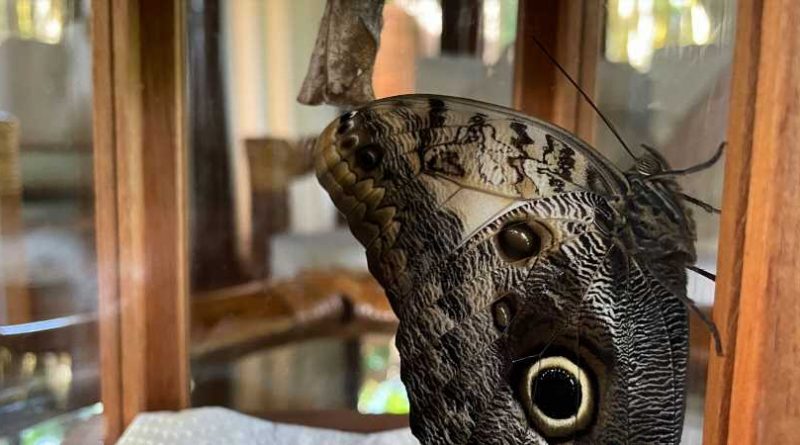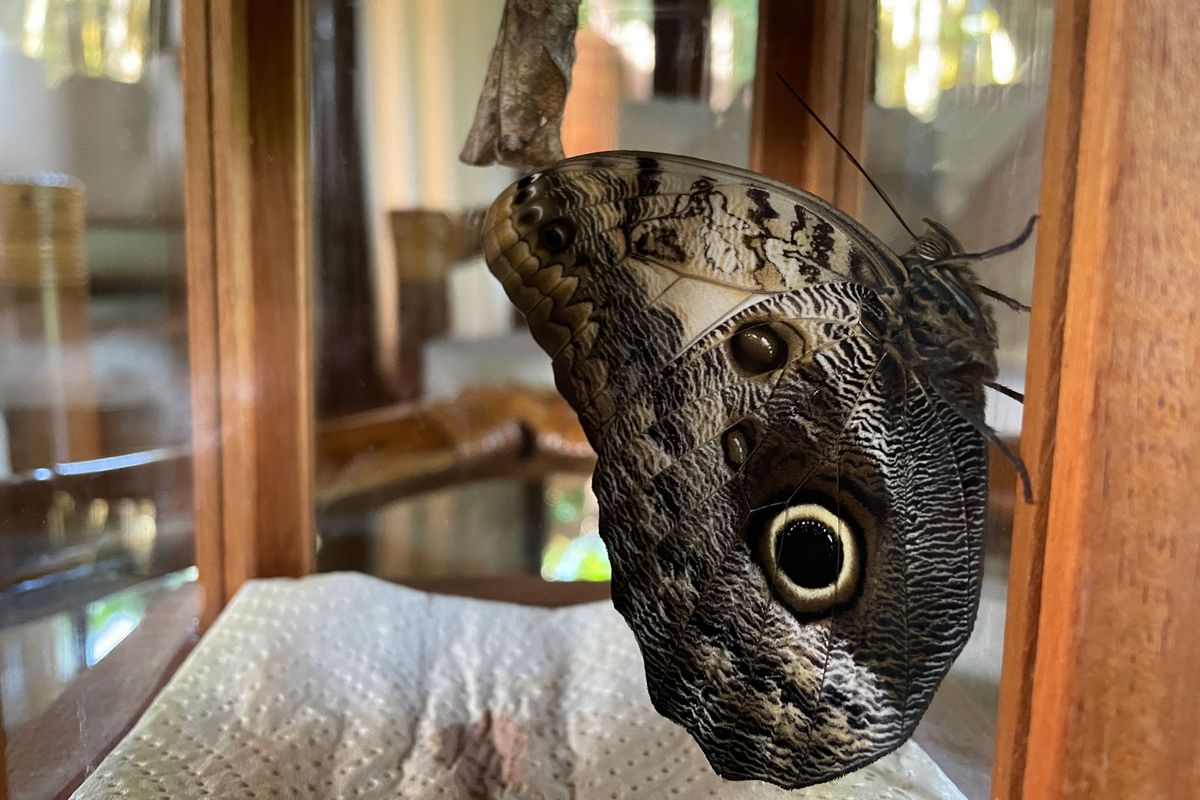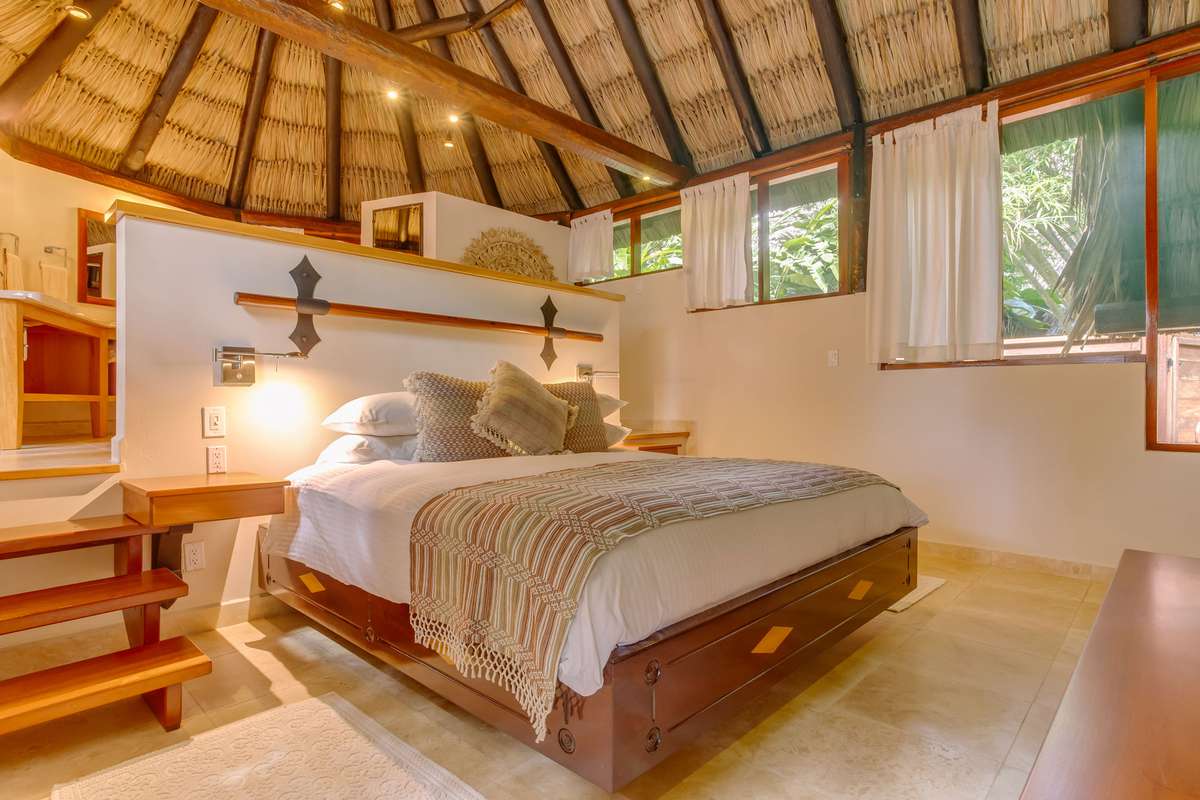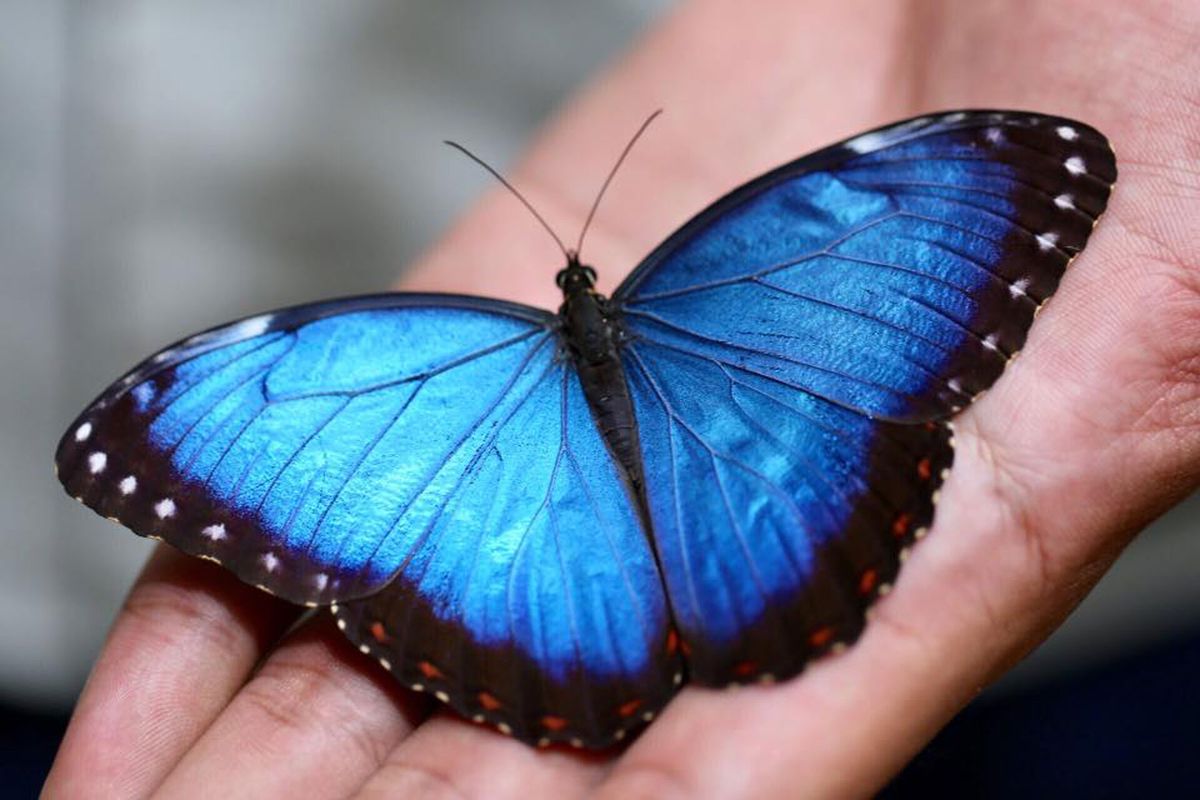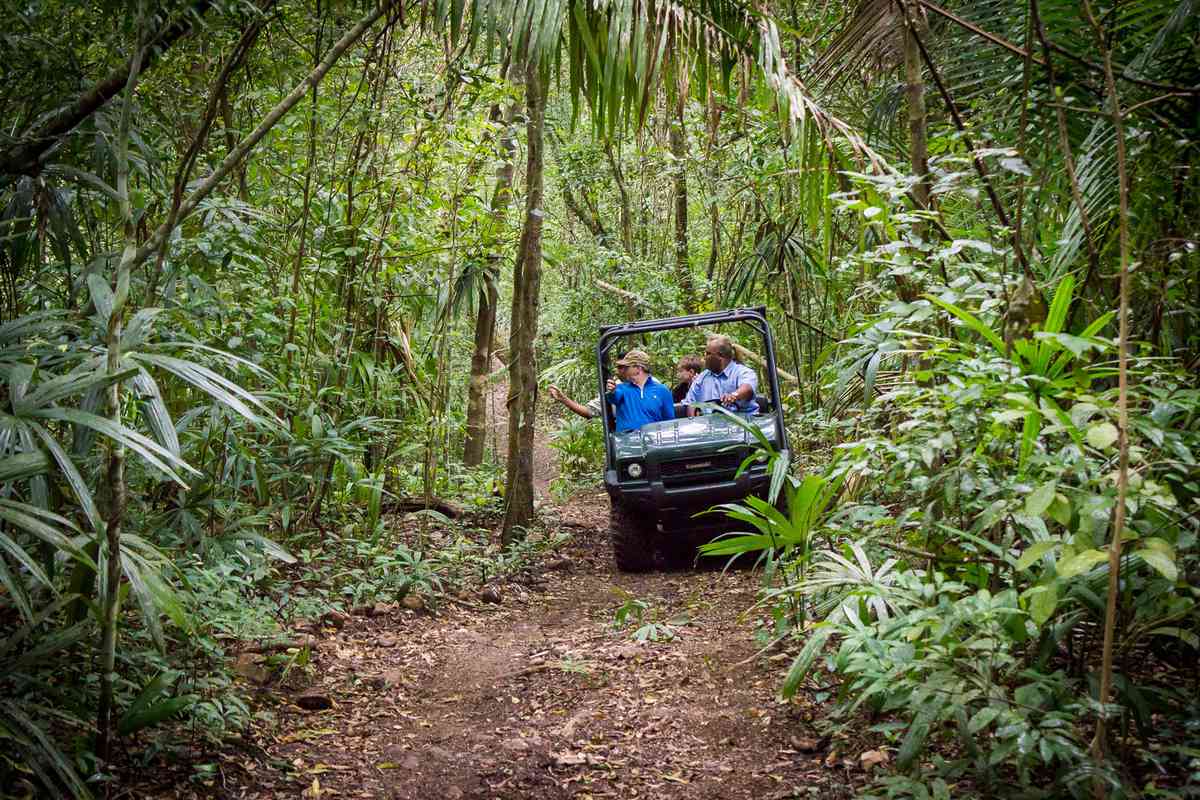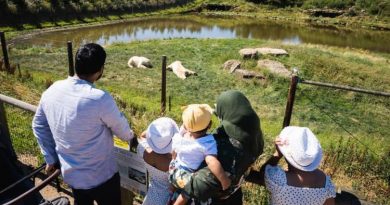This Hotel Puts a Cocooning Butterfly in Every Room so Guests Can Release It Into the Wild
The magic of the surrounding jungle has made its way inside the rooms at Chaa Creek, a luxury eco-resort in western Belize. In its rooms, guests are greeted by a small wood and glass box with a blue morpho butterfly cocoon hanging from the top, waiting to emerge.
Even with a schedule packed full of wilderness and wildlife activities, witnessing the miracle of metamorphosis became my priority as soon as I noticed the surprise amenity on my coffee table during a recent stay. A sense of caring for this creature came immediately, even though the accompanying instructional pamphlet on how to safely release the butterfly was clear that my main job was to not interfere with the natural process of it being born.
The cocoons come from Chaa Creek's onsite Natural History Center and Butterfly Farm, where guests get to see the entire lifecycle of the blue morpho butterfly, from their beginnings as pale green eggs to their final stage as one of the most recognizable insects on the planet. The farm was initiated in 1993 when soil scientist Charles Wright and his menagerie of blue morpho butterflies settled at the resort after living further south in Punta Gorda. It has since become one of the most popular tourist attractions in all of inland Belize.
Evolving the farm into an in-room amenity was a natural next step for the blue morpho experts, initially for guests traveling with children. "We decided in 2017 that it would be a fun concept to add butterfly incubation hatcheries to our family guest rooms as a way to spread the message of conservation through the hope, courage, endurance, transformation, and change that butterflies add to the environmental mix," explains resort founder and owner, Lucy Fleming. It was a simple matter of identifying the right cocoons and making hatchery boxes in their onsite woodshop.
Now an amenity for guests of all ages staying two or more nights, the hotel times it just right so that the emoji-inspiring insect will finish metamorphosing during the visitor's vacation. "Butterfly farming is a science of incubation and immersion," Fleming says. "Depending on the length of guest stay, our concierges choose the correctly dated pupae to place in the rooms so that they emerge on time."
What results is a magical experience found only in Belize. It was during my second day that I noticed a change taking place in the hatchery box. A little wiggling was going on when I went out for the morning, and when I came back an entire butterfly was resting inside. Ensuring this creature joined the forest ecosystem was now up to me, connecting me to the environment by letting me play a role in its survival.
The pamphlet told me to wait at least three hours before releasing the butterfly to make sure its iridescent blue wings had enough time to dry. Once ready, I was instructed to gently bring the display case outside, read a poem, and make a wish while releasing the butterfly into the forest. I waited for a few moments outside with my butterfly — named Tootsie thanks to a friend's suggestion — until it felt confident enough to use its wings for the very first time. When it finally flew, I silently made a wish which ended up coming true a few weeks later.
Understandably, it didn't take long for Chaa Creek to recognize that children weren't the only ones having a meaningful experience releasing the butterflies. They decided to spread that joyful glee to couples, and now, all guests. "Moments such as these can punctuate otherwise busy lives with a small moment of awe and clarity," Fleming describes it, and that's exactly what I experienced: a sense of wonder at witnessing the beauty of nature, and the recognition of living truly within the moment.
Plus, an essential aspect of visiting Belize is understanding the country's commitment to conservation. By caring for these butterflies, guests are able to see firsthand the importance of habitat and wildlife protection. "The presence of butterflies generally indicates a healthy environment," says Fleming of the blue morpho's importance. "They are excellent pollinators and also (sadly) part of the food chain."
Although I'll never know the exact fate of my butterfly, the experience of watching it emerge and escorting it in the wild was unforgettable.
Source: Read Full Article
